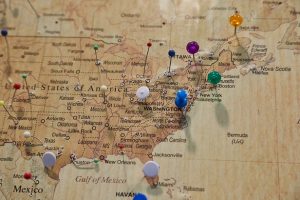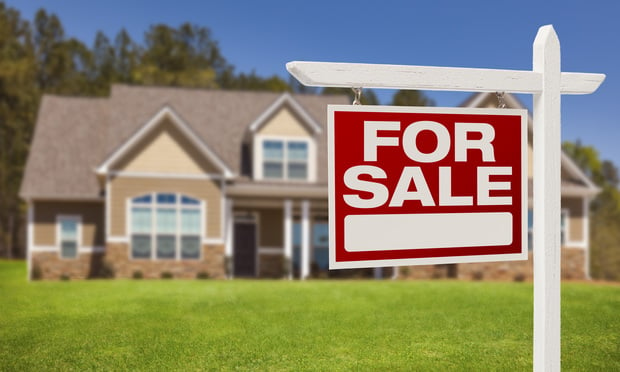For investors, battered by the stock market, Opportunity Zones offer a win-win, according to Jim White, a man who wears many hats. He is chairman and CEO of Post Harvest Technologies and Growers Ice Co., founder and CEO of PHT Opportunity Fund and founder and president of JL White International.
Opportunity Zones allow investors to benefit from the initiative's capital gains tax breaks, to make money, accomplish multi-generational long-term financial planning and diversify their portfolios away from equities.
"We are learning the hard way from the pandemic-induced, historic plummet of the stock market that diversification in long term alternatives to equities is critical," White says. "Investors are scrambling to find new revenue streams and improved avenues of investment. One thing that hasn't changed is the desire for high net worth individuals to look to generational wealth planning."
White argues that the pandemic-fueled shutdown has given investors more time to consider Opportunity Zone investments. When doing that, he says they'll will realize immediate benefits, such as saving 10% of any capital gains if they invested in a Qualified Opportunity Zone B (QOZB) before December 31, 2021, and they have until April 15, 2027, to pay any capital gains owed.
"Moreover, they can receive annual dividends, and any appreciation on the investment after ten years is tax-free, making it a solid investment strategy," White says.
White says investors will also take satisfaction in knowing they are impacting low-income urban and rural communities and potentially the lives of millions of people by creating jobs and adding to the local economy through payroll and other taxes.
Overall, he thinks some investors are wary of rural areas.
"One of the issues they see is lack of a qualified workforce in many rural communities," White says. "Another hurdle is the logistics of bringing a product or service to market. And surprisingly, yet another challenge in rural communities is lack of broadband, something the vast majority of Americans take for granted. With the simple infusion of broadband, entrepreneurs could make huge strides in their businesses."
Still, the social issues, including unemployment, population decline, poverty, drugs, crime, failing infrastructure, make urban and rural Opportunity Zones, are similar. "In rural communities, those issues may be even more pronounced," White says. "The coronavirus crisis, with its health and safety fears, compounds the existing stressors – rural communities might have fewer resources in place for urgent health care: fewer hospitals, fewer ambulances, fewer walk-in clinics and fewer health care workers. So, the need is there."
Citing reporting from The Hill, White says rural residents create self-employment opportunities at a slightly higher rate than the national average.
"The challenge is access to capital as most of it is siphoned to small business investment on the coasts," White says. "Many rural entrepreneurs don't know about the opportunities for them via QOZs [Qualified Opportunity Zones] and QOFs [Qualified Opportunity Funds]. So, there is a huge upside if we can get the states and local communities to support QOZBs for rural communities. Still, investors may need the added incentives of local or state tax breaks in addition to those offered by investing through QOFs."
© 2025 ALM Global, LLC, All Rights Reserved. Request academic re-use from www.copyright.com. All other uses, submit a request to [email protected]. For more information visit Asset & Logo Licensing.








